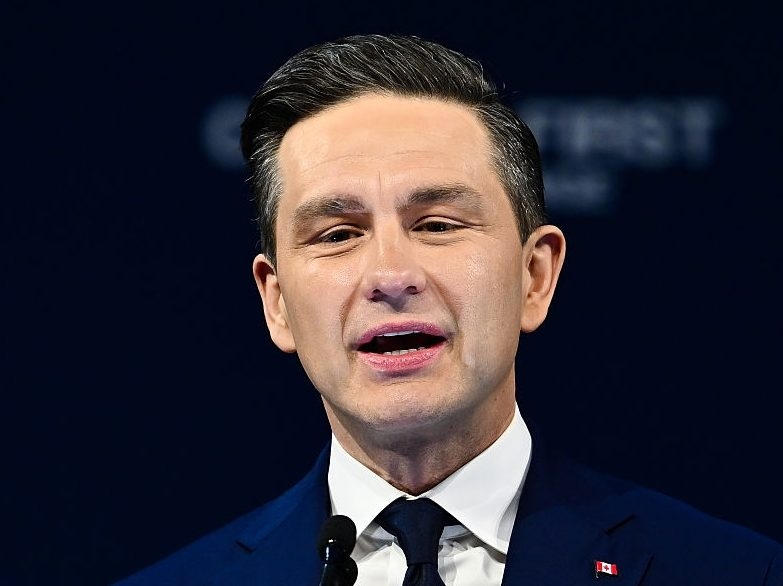Ottawa held its breath. All eyes were fixed on Tuesday, the day Prime Minister Mark Carney would unveil his first budget – a document poised to define his entire time in office. The anticipation wasn't merely political; it felt like a pivotal moment for the nation’s economic future.
The prevailing sentiment was clear: this budget needed to ignite private sector growth. Business leaders stressed the urgency of removing obstacles to competitiveness and making bold investments in both infrastructure and the workforce. The stakes were incredibly high.
However, beneath the promises of growth lay a stark reality of debt. Experts warned that focusing on the grand narratives would miss the crucial point – the relentless climb of national debt. The true measure of success wouldn’t be flashy programs, but responsible fiscal management.

Numbers painted a concerning picture. Canada’s borrowing was projected to surge by $255 billion over the next four years, a dramatic increase compared to the previous administration’s plan of $131 billion. This escalating debt threatened to stifle progress and burden future generations.
The cost of servicing this debt was equally alarming. Interest payments alone were expected to reach $55 billion this year – exceeding $1 billion per week. This massive outflow of funds diverted resources from essential services like healthcare and tax relief, effectively crippling the nation’s ability to invest in its own people.
Carney himself characterized the budget as “ambitious” and “affordable,” promising to streamline operational spending while simultaneously investing in Canada’s future. He sought to project an image of fiscal responsibility coupled with strategic growth initiatives.
But the opposition wasn’t convinced. Leader Pierre Poilievre challenged Carney to abandon the notion of austerity, arguing that Canadians, especially younger citizens, had already borne a disproportionate share of the economic burden. He demanded a plan for genuine affordability.
Poilievre pointed to a doubling of the deficit under the previous government and the subsequent rise in inflation, questioning Carney’s commitment to fiscal prudence. The core question remained: could this budget deliver a tangible improvement in the lives of ordinary Canadians?
The budget’s unveiling wasn’t just a financial event; it was a test of leadership, a referendum on priorities, and a defining moment for a nation grappling with economic uncertainty. The coming days would reveal whether Carney’s vision could translate into a brighter future.





